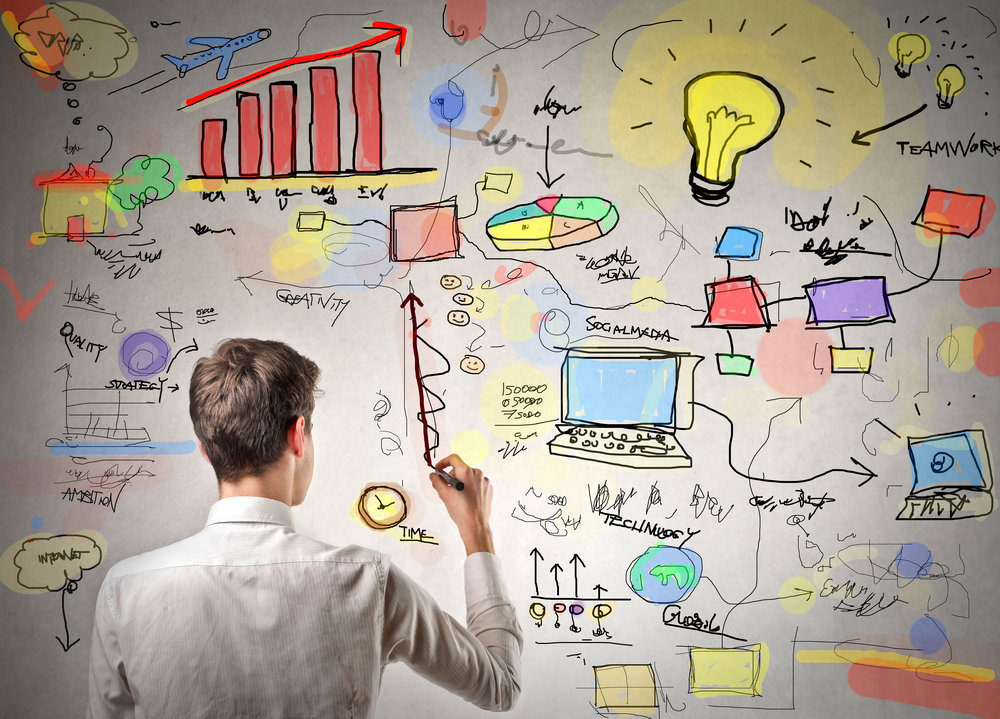
For businesses wanting to create a unique product or service, working with a designer is certainly one way to get that extra leg up, create a unique selling point and add value to an offering.
Outsourcing design can bring a fresh perspective and give a “new approach to problem solving,” says Ollie McDermott, founder of Auckland-based industrial design company Blender Design.
“Manufacturers in particular should seek out a designer because they need to get more out of the value chain from what they do. They can do that by using design as a tool to create more innovative, more desirable products that command a higher price and capture a lot more value.”

Ollie McDermott, Blender Design
Modtec Industries is one business that’s employed the services of McDermott and Blender, moving from outsourcing their design efforts to bringing a design team in-house.
Bruce Davies, Modtec Industries founder, says the design company has become a vital part of the extended Modtec team, helping them create better workspace productivity tools. The result has seen the businesses bring several successful products to market, including the Integ Blade and Ar-ray.
“The great thing about having Blender alongside was getting their external view on things, challenging pre-conceived ideas about materials, processes, testing and technology. They were fantastic at ‘blue-sky’ thinking, which is what we sought in an effective design partner,” says Davies.

Bruce Davies, Modtec Industries
A designer can bring new ideas to the table, including experience from other industries, new processes, and often can leverage technology out from other markets. While technical know-how, engineering, experience, knowledge of latest trends and materials will often be a given, it’s the ‘worldwide view on things’ as well as the approach to the product or problem that will make a designer really stand out.
“Designers are good at ‘abductive thinking’,” says McDermott, “which is essentially framing a problem a different way to come up with a solution, taking into account the entire value chain and everyone who is a part of that, to influence the final design.”
Working alongside a designer will also provide tools on-hand, give access to established connections and relationships, technical know-how, research capability and processes in place.
Bruce Davies of Modtec Industries agrees that all industries could benefit from good design, especially around efficiencies.
“Waste is a component of cost that customers won’t pay for, as well as transport, storing, searching, sorting. You’ve got to make sure you design around the risks associated. Design is a way you think about these things,” he says.
McDermott says that design principles need not be restricted to products, but can be applied to industries as well.
“The process of design thinking can be applied to business models and systems as a whole, including government.”
So how does one go about building a synergistic relationship with their designer?
“Initially, the designer needs to understand the key milestones and deadlines you are working towards, and everyone on both sides understand what is expected of each other,” says McDermott. Clients who try to micro-manage the process don’t achieve the results they necessarily could because it can be a challenge to offer full value.”
Inevitably, all relationships have stumbling blocks and a business and designer relationship is no different.
“A common challenge is when the project scope and the brief changes, you have to slow down and reset. This is a frequent occurrence that happens with poor project planning. Sometimes clients don’t anticipate how long a process will take, especially if it is a new product to market. Also, when people become too attached to their ideas, it becomes quite dangerous, because unless the idea is really tested, or is physically in the market, they won’t question it. We would encourage them to take a step back and reframe the problem, before we commit to the process with them. If that doesn’t happen, generally it doesn’t work out,” says McDermott.
To get best bang for buck from a collaboration relationship with a designer, McDermott recommends:
Keeping an open mind as to the end result
- Having a plan in place to avoid flushing money down the toilet.
- Sharing with your designer as much information as possible, otherwise they are working with an empty toolbox.
- Integrating your external design team with your in-house team
As a business owner, Davies agrees.
“Forget that you’re paying by the hour. You’ve got to get that right out of your head. You’ve got to be prepared to listen ideas through, and when you do, you’ll be pleasantly surprised.”
So what should you be looking for in a good designer?
McDermott says that a designing partner should be understanding, a good communicator, and be able to understand the needs of each person connected along the value chain.
Naturally finding a good fit is critical, and McDermott says, “Be wary of engaging with a designer who doesn’t ask many questions. They need to understand how your offering fits into the market ecosystem.”
Davies offers another viewpoint. “What was wonderful about working with Blender was their ability to show us what our products were capable of doing, and how they can be used in different and interesting ways.”




